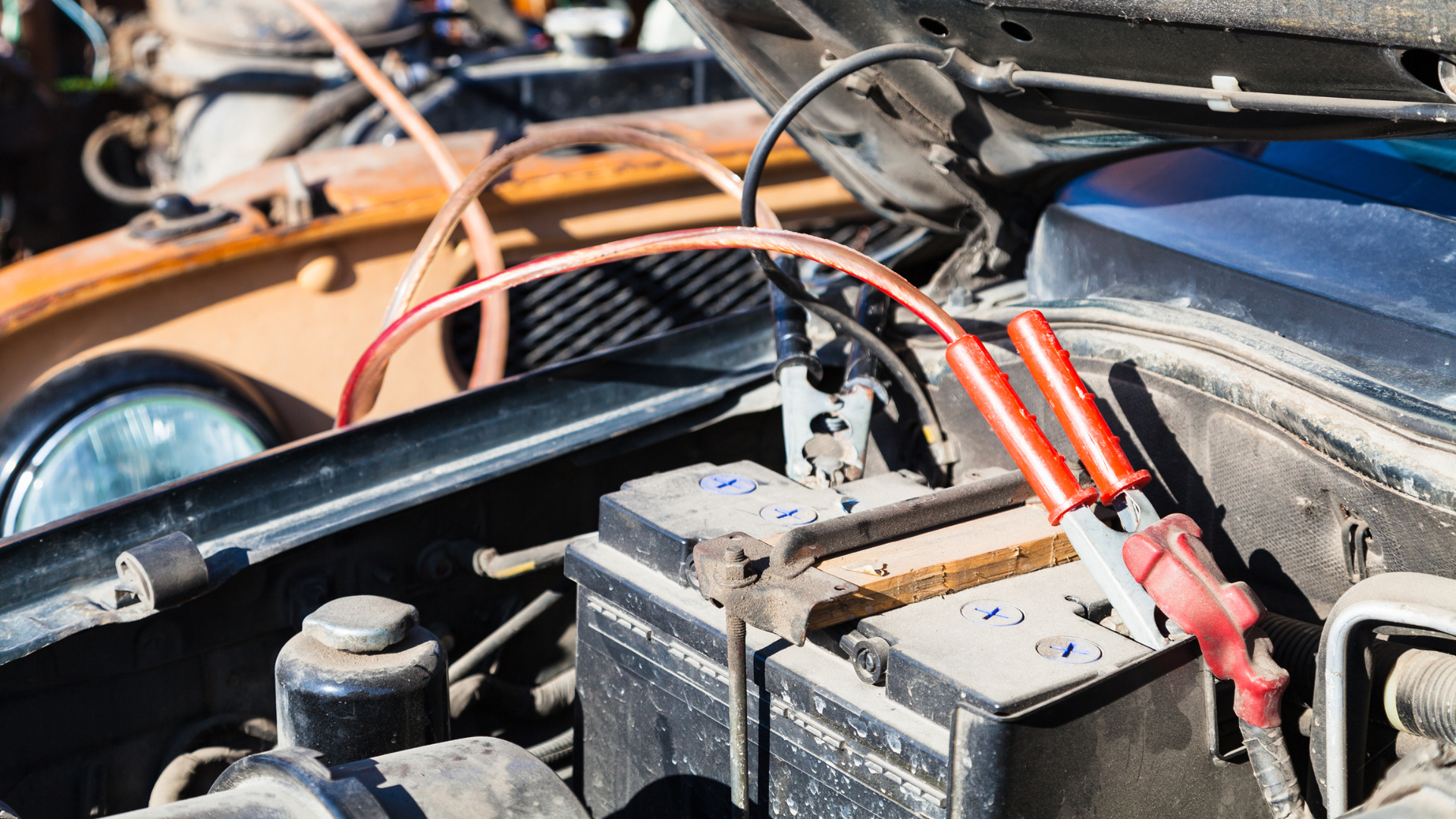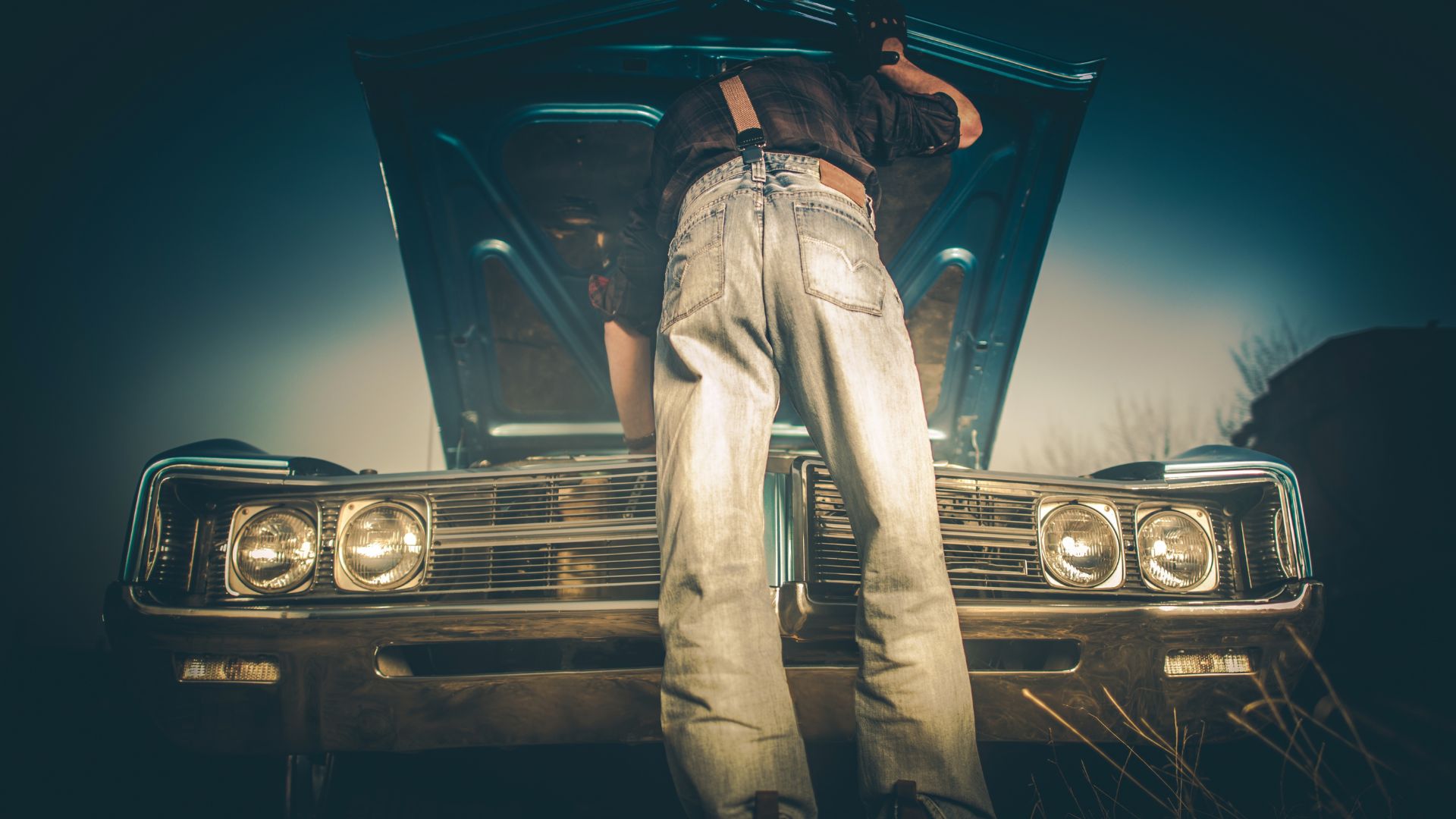A classic car is a beautiful thing. There’s something special about driving around in a vehicle that’s been lovingly restored to its former glory. If you’re thinking of restoring a classic car for the first time, this guide will tell you everything you need to know. We’ll talk about the different stages of restoration and how to choose the right company to do the work for you. We’ll also give you some tips on staying on budget and making sure the job is completed on time. So read on, and get ready to restore your very own classic car!
Decisions to make before you restore a classic car
Before restoring a classic car, you need to make some important decisions. This will help you to move forward with the restoration. Begin by deciding what the car will be used for when it’s finished. Is it just for summer days out, or will you take it to shows? Is it an investment piece or just for the fun of driving it? Answering this will help you answer the below.
1) Do you want a complete, nut-and-bolt restoration?
This is a complete restoration, where the car is taken apart and each part cleaned or restored. This includes restoring body panels such as doors and bonnets to an immaculate condition before they are re-assembled.
This kind of restoration will take much longer, but the result will be comprehensive, restoring the vehicle to its original condition.
A full restoration will naturally be more expensive than an engine and mechanical rebuild. This is due to the amount of labour involved in restoring a car from the ground up. A nut-and-bolt restoration will require specialist skill sets that are also more expensive.
2) Do you just want the car mechanically overhauled?
If you are restoring a classic car that has been sitting in storage for years, it is likely to need some form of mechanical repairs to make it safe to drive. You can save money by opting to spend your restoration efforts on fixing just these parts.
A mechanical restoration will leave the paintwork, trim and perhaps interior as-is. Bear in mind that a car in need of some paintwork and trim touch-ups will be worth less than a fully restored vehicle at resale. It won’t detract from the pleasure of owning and driving it, though.
3) Do you want to just make the car presentable and roadworthy?
One step down from a complete nut and bolt restoration would be to repair any mechanical components in need of it and to pain the vehicle. This would make it presentable, roadworthy and usable while not taking every component apart.
This will cost more than a mechanical overhaul but less than a nut and bolt restoration. Paintwork can be expensive, requiring a specialist skillset and spray booth.
4) Do you want any upgrades
Next up is to consider whether you would like any upgrades to your classic car. These could be as simple as a stereo upgrade to something more comprehensive such as a better braking system.
Upgrades can add peace of mind with modern safety features, but bear in mind that some performance modifications could land you with hefty fines if the government’s new anti-tampering laws come into effect. Find out more about that here.
5) Will you be completing the restoration yourself or outsourcing to professionals?
Unless you’ve done classic car restoration before, it’s a good idea to at least outsource the bodywork and paint. This is because restoring paint on a classic car requires a specialist skillset. You might also want to consider outsourcing if you are restoring an exotic or expensive model which could be beyond your skill level.
There are many classic cars that are easier to work on yourself, such as the Volkswagen Beetle. These cars serve as a great entry-level model. There is plenty of information online to help you service and repair parts of many classics. YouTube is a goldmine of information from people who have been there and done it.
It is likely to take longer if you do things yourself, and it will be a learning curve, but it will save you money. Outsourcing to professionals is recommended for full nut and bolt restorations and for those wanting a comprehensive restoration.
6) What’s your realistic budget?
It’s important to set a realistic budget. Do your homework and get some quotes in to get a figure in mind. Factor in a little extra as a buffer zone for unexpected expenses, so you are well prepared.
When you restore a classic car, you may find that restoring it to a higher standard than you originally planned is easier than restoring it to your original target. This is because once the car has been stripped back and repaired, replacing parts with better ones or making improvements is much more cost-effective than doing so later on in life when the vehicle may have suffered wear and tear.
7) How quickly do you want the restoration completed?
If you want your classic car restoration completed in a reasonable amount of time, it will cost more. The number of cars being restored simultaneously can also impact how long it takes to complete.
The budget will also impact the speed of the restoration. It may require you to pay for small bits each month, which will obviously impact the timescales involved.
The journey starts here!
If you have decided to complete the restoration yourself, then it’s time to start stripping the car down and sourcing any necessary parts. YouTube, Facebook groups and model-specific forums will be invaluable to you. Good Luck.
If you have decided to outsource the restoration, then it’s time to find the right company for the job.
How to choose a restoration company
- Look at their previous work.
- Are they experienced in restoring the make and model of car you have?
- What is their restoration philosophy? Do they believe in keeping cars as original as possible, or are they happy to improve certain aspects (e.g. brakes, engine etc.) for usability?
- How long have they been in business?
- How much do they charge?
Once you have found a company that you are happy with, it’s time for the restoration to begin.
The Restoration Process
1) Keep an eye on the costs as the restoration progresses.
There may be some unforeseen expenses along the way. It’s important to keep in touch with your restorer throughout the process and to document everything. Don’t rely on word of mouth. Everything should be in writing, including costs and timescales. Do you want a monthly cap on the costs, how will invoices be raised, how much communication do you require etc.? Get all of this in writing to set expectations from the beginning.
2) Visit the workshop
Make it clear from the start that you will show up to check on the restoration regularly. By visiting the workshop, you can see what’s happening with your vehicle. While turning up unannounced helps you get a true view of progress, don’t expect the garage to drop everything to speak with you when you drop by as they are busy working on many projects. If you have points to discuss with them, book a convenient time so that they are paying attention and everything is clear.
3) Ask questions
If this is new to you, you are bound to have many questions about the process. Don’t be afraid to ask them.
As you are restoring a classic car, you want to ensure it is done right. This means asking questions when things don’t look quite right or seem strange. Ask why they have chosen that particular part or technique instead of another one and get their explanation as to how it will affect the vehicle once completed.
A good workshop will be happy to answer all of your questions and keep you in the loop during the entire restoration process.
4) Signing off the completion
Once the restoration is complete, you will be able to inspect it and sign off the completion. Ensure that everything you had agreed to upfront has been carried out and that you are happy with the work. Take your time to go over the car and make sure there are no outstanding issues. If everything is in order, congratulations! You have just restored a classic car.
Hopefully, your car is now ready to enjoy. However, if you have a dispute, you need to handle this accordingly. This is where your correspondence log will prove invaluable. You can seek advice from the Citizens Advice bureau. We would recommend writing a letter to the garage first to try to resolve the issues between yourselves. If this doesn’t work, you can contact Trading Standards. If the workshop is registered with the Motor Ombudsman, it will have signed up to the Service and Repair Code. This means you can get in touch with them. If all else fails, you can take them to the small claims court; hopefully, it doesn’t come to this, though.
We hope this guide has helped you understand how to restore a classic car. If you’ve undertaken a restoration, why not share some pics with us on our social media channels?







Leave A Comment